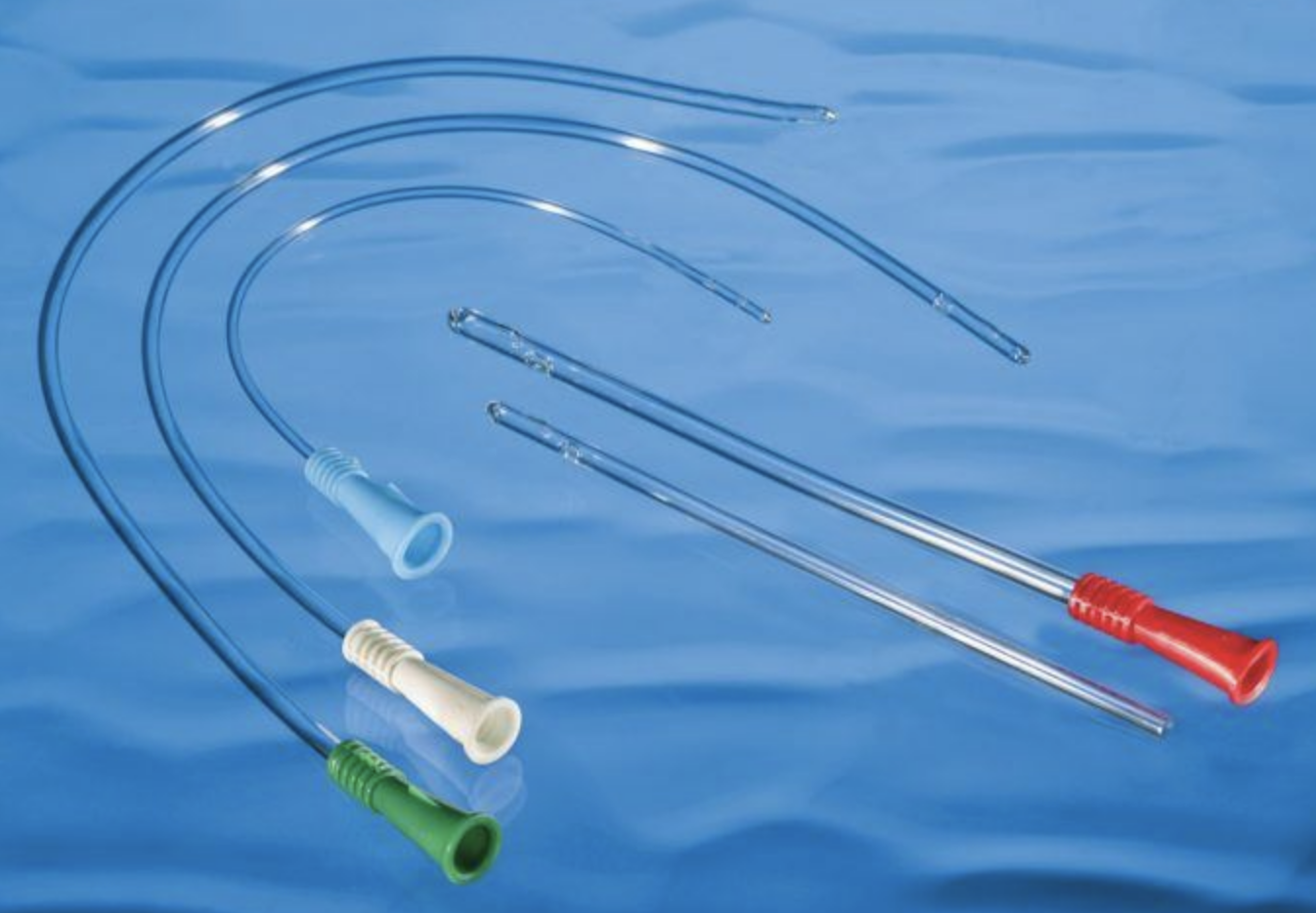A urinary catheter is a hollow, partially flexible tube that collects urine from the bladder and directs it to a drainage bag. Urinary catheters come in many sizes and types. They can be made of:
- Rubber
- Plastic (PVC)
- Silicone
Catheters are generally used when someone can’t empty their bladder. If the bladder isn’t emptied, urine can build-up and lead to pressure in the kidneys. The pressure can lead to kidney failure, which can be dangerous and result in permanent damage to the kidneys.
Catheters – Types and Benefits of Each Type
Urinary catheter refers to a thin flexible tube which is introduced in the body to let fluids enter or exit the system and keep the urinary passage completely open. These catheters are available in varied sizes, and are measured commonly as per French units (Fr) or the unit of measurement in the French catheter scale. Find out about the various kinds of catheters which are there to suit various kinds of medical requirements.
External catheters
These are used outside the system, as the name indicates. These are shaped similar to a pouch for women while for men these are designed just like a condom. This type of catheter is cost-effective for lots of people, given the fact that the only replaceable section of this kind of catheter comes into contact with the patient’s body.
Intermittent catheters
These are disposable types of catheters and should be used just one time. These are often recommended to individuals suffering from urinary incontinence. Such types of catheters are inserted into the system by using the urethra and may assist in draining the bladder completely. There are straight tips or Coude in these catheters. The tip of those with Coude is bent slightly.
Indwelling catheters
These are entered into the body with an operative process by a physician, and are slightly varied from intermittent and external catheters. These are also known by the name “Foley catheter” and only used for a short while and are usually kept in place for more time. The suprapubic catheter is another kind of indwelling catheter, and it is joined to the bladder via the abdomen.
Ablation catheters
These happen to be one of the primary types of catheter which can be used for controlling the cardiac rate. Ablation catheters are directed via a major blood vessel to the heart. These make use of radio waves of high-frequency. This is done in order to kill cardiac tissue which is beating improperly and functioning abnormally and is resulting in heart arrhythmia. In some cases, these kinds of catheters are also used at the time of open-heart surgery for regulating the heart rate of patients.
Split catheters
Similar to an ablation catheter, it is pushed into a major vein that is generally located in the neck. However, this kind of catheter helps remove blood for the purpose of dialysis rather than emitting high-frequency radio waves. These are used generally in people suffering from extensive damage to the kidneys.
Most catheters are necessary until you regain the ability to urinate on your own, which is usually a short period of time. Elderly people and those with a permanent injury or severe illness may need to use urinary catheters for a much longer time or permanently.
DISCLAIMER: The medical information on this site is provided as an information resource only, and is not to be used or relied on for any diagnostic or treatment purposes. This information is not intended to be patient education, does not create any patient-physician relationship, and should not be used as a substitute for professional diagnosis and treatment.


